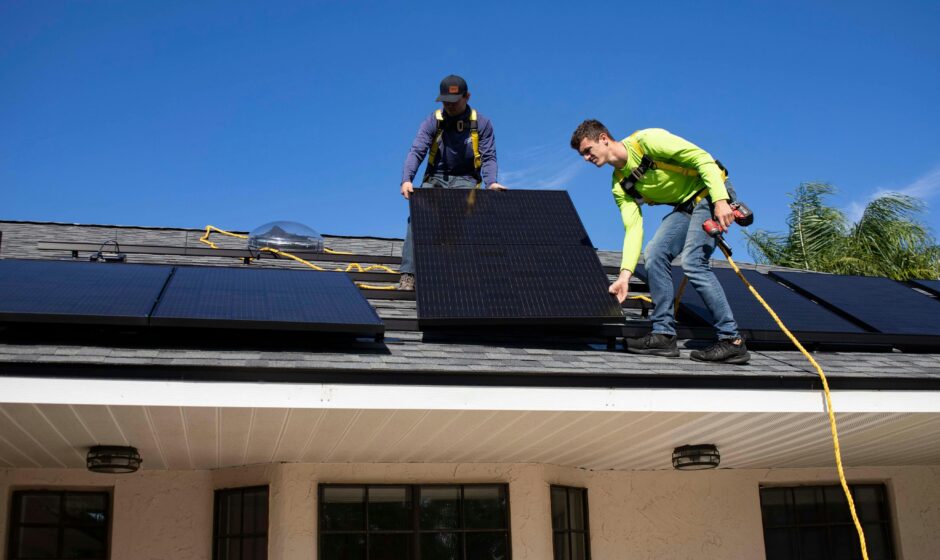Investing in solar panels isn’t just about sticking shiny equipment on your roof — it’s about changing the way you power your life. While the upfront cost can feel intimidating, it’s essential to look beyond the initial price tag and understand the long-term savings solar energy brings. This guide will walk you through how to weigh cost vs. savings when it comes to solar panels, especially if you’re considering the solar panel price in Pakistan.
The Upfront Cost: What Are You Paying For?
Let’s start with what makes up the upfront cost of going solar. A large portion comes from the panels themselves, but you’re also paying for inverters, mounting equipment, batteries (if you want storage), and installation labor. Your roof’s size, angle, and condition can also influence the final price.
When you research the solar panel price in Pakistan, you’ll notice prices vary widely depending on brand, quality, and technology (like monocrystalline vs. polycrystalline). While it’s tempting to go for the cheapest option, remember: lower-cost panels often come with lower efficiency or shorter lifespans, which can eat into your long-term savings.
Calculating Long-Term Savings
How do solar panels save you money over time? The savings come mainly from two areas: lower electricity bills and potential incentives or rebates. Once your system is running, you start generating free electricity from the sun, reducing your reliance on your utility provider and shrinking your monthly energy bills — sometimes significantly.
In addition, depending on where you live, you may be able to take advantage of net metering. This system lets you sell excess electricity back to the grid, essentially turning your home into a small power producer. While the solar panel price in Pakistan is a critical factor upfront, don’t overlook the potential savings over 20–25 years, which often outweigh the initial investment.
Breaking Even: When Will Solar Panels Pay for Themselves?
One of the most common questions people ask is: when will my solar panels pay for themselves? This “breakeven point” is when the total savings on your electricity bills match what you paid upfront for the system. For most homeowners, this happens between 6 to 10 years, depending on the system’s size, local energy prices, and the amount of sunlight your area receives.
What’s exciting is that while you’re waiting to reach breakeven, you’re already enjoying lower bills and greater energy independence. Even better, once you pass that point, all the money you save on energy is pure profit. Considering that most systems last 25 years or more, the long-term financial benefits can add up to a significant amount.
Factors That Impact Savings
Several key factors influence how much you’ll save with solar panels over time. One of the most important is your local electricity rates. The higher the price of conventional electricity, the more money you’ll save by generating your own power. For homeowners in Pakistan, where energy costs are climbing, the potential savings are especially attractive.
System performance is another crucial factor. Higher-efficiency panels generate more power, reducing your dependence on the grid. But even the best panels won’t perform well if installed poorly or placed in shaded areas. That’s why it’s essential to choose not only the right panels but also a trusted installer when evaluating the solar panel price in Pakistan.
Maintenance and Lifespan Considerations
You might wonder if maintaining solar panels will cost you a lot over time. Fortunately, solar panels are known for being low-maintenance. Other than occasional cleaning and regular system checks, they generally don’t require much attention. However, parts like inverters and batteries might need replacement after 10–15 years, and this should be factored into your long-term savings calculations.
Also, consider the lifespan of your solar panels. Most come with a 25-year performance warranty, meaning they’ll still produce 80–85% of their original power after that time. That’s a solid, long-term investment that keeps delivering value well into the future, making the initial solar panel price in Pakistan a smart choice when you zoom out and look at the big picture.
Environmental Savings and Added Property Value
Although this post focuses mainly on financial savings, the environmental benefits deserve attention. Switching to solar significantly reduces your carbon footprint, helping to fight climate change and promote cleaner air in your community. While these environmental “savings” don’t show up on your monthly bill, they contribute to a healthier planet for future generations.
Beyond that, installing solar panels can increase your property’s resale value. Many studies show that homes with solar systems often sell faster and at higher prices compared to non-solar homes. So even if you don’t plan to stay in your current home forever, solar still offers financial rewards when it’s time to sell.
Bonus Tip: Keep an Eye on Incentives and Policies
Government incentives, subsidies, and energy policies can dramatically affect your cost vs. savings equation. In Pakistan, there are various local programs and utility policies that offer rebates, tax benefits, or favorable net metering arrangements. These incentives can lower your upfront costs or boost your long-term savings.
When evaluating the solar panel price in Pakistan, always ask your supplier or installer about available government programs. Staying informed and taking advantage of these offers can turn a good investment into a great one.
Final Thoughts: See the Bigger Picture
Understanding the cost vs. savings of solar panels over time goes beyond simple math. It’s about reshaping how you power your home, gaining independence from rising energy prices, and making a meaningful environmental impact.
Yes, the solar panel price in Pakistan matters — but the real value comes from what you save over the years. By looking at the full picture, you can make an informed, confident decision that benefits both your wallet and the planet.



